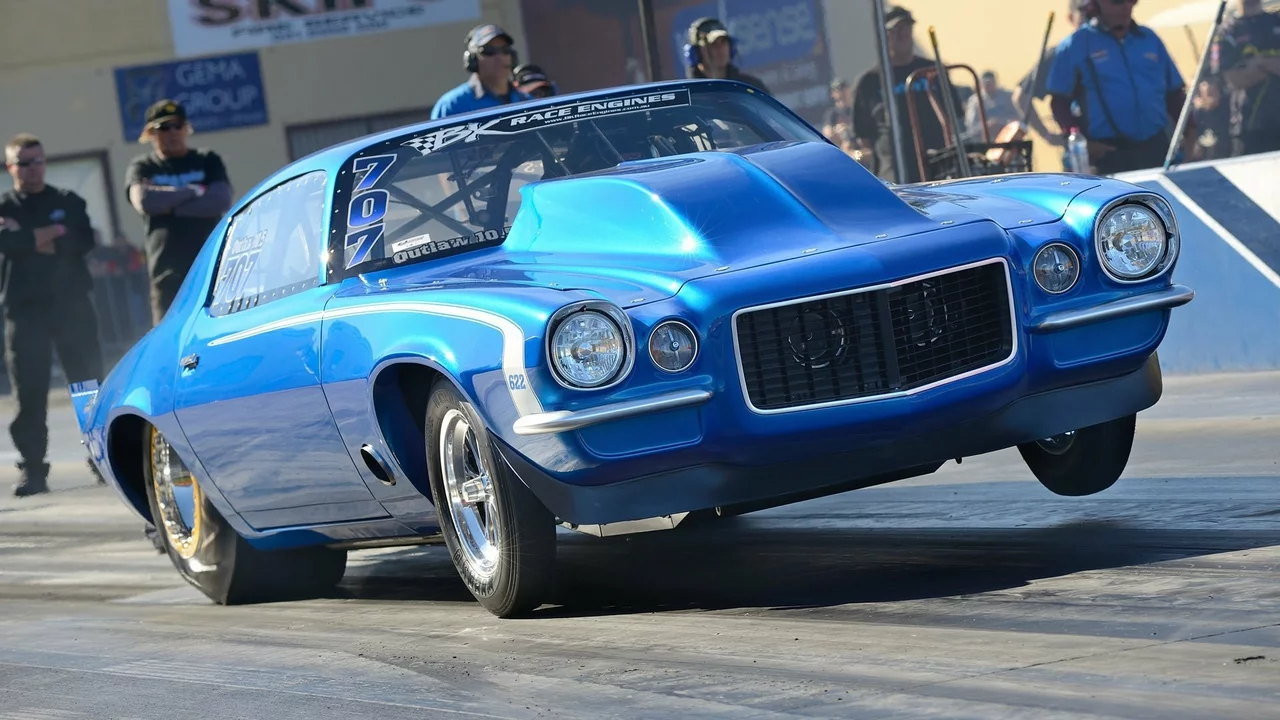Drag Racing Basics: What Every Subaru Fan Should Know
If you’ve ever watched a car explode off the line at a drag strip, you know the thrill is real. Drag racing is all about raw power, perfect timing, and a strip of asphalt that turns everyday drivers into speed demons for a few seconds. Whether you’re eyeing a Subaru WRX, a tuned Impreza, or any other beast, the basics stay the same.
Getting Started on the Strip
The first thing you need is a legal drag strip. Most tracks run a quarter‑mile (1320 ft) or an eighth‑mile (660 ft). Sign up for a beginner's day, get a safety briefing, and bring a helmet, fire‑resistant suit, and gloves. Your car should be inspected for tire pressure, fluid levels, and any loose parts. A good rule of thumb: start with a modest launch and focus on consistency before you chase the fastest times.
For Subaru owners, the turbocharged engines are a natural fit. Keep your turbo’s wastegate settings stock until you understand how your car behaves at the line. A solid launch control system can help keep wheel spin in check, especially on the sticky rubber of a warmed‑up strip. Remember, the goal isn’t just speed—it’s repeatable, clean runs.
Performance Upgrades That Matter
When you’re ready to push further, head to the basics: tires, intake, and exhaust. Drag‑specific slicks give you the grip needed for rapid acceleration. A high‑flow air filter and a free‑flowing exhaust reduce backpressure, letting the engine breathe better. For Subarus, a modest boost increase (1‑2 psi) can shave a few tenths off your ET without sacrificing reliability.
Don’t overlook weight. Stripping unnecessary interior items, using a lightweight battery, and securing the rear seat can improve your power‑to‑weight ratio dramatically. Every pound you remove translates to quicker launches and better overall times.
Finally, fine‑tune your ECU. A custom map that matches your boost level, fuel delivery, and ignition timing will give you a smoother power curve. If you’re not comfortable tweaking the code yourself, many shops specialize in Subaru drag setups and can dial in the perfect settings.
Safety is non‑negotiable. Keep a fire extinguisher within reach, check your brakes after each run, and never push beyond what your car’s chassis can handle. Drag racing is addictive, but it’s also unforgiving if you cut corners.
Ready to see how fast your Subaru can really go? Join a local drag club, bring a buddy for extra eyes on safety, and start logging your elapsed times. With each run you’ll learn more about your car’s limits and how to get the most out of every quarter‑mile.

22
Jul
Drag racing an All-Wheel Drive (AWD) car has its own set of advantages and disadvantages. On the plus side, AWD cars provide better traction and stability, which can be a huge benefit during a race, especially in poor weather conditions. They also offer quicker acceleration from a standstill, giving you a potential head start. However, the downsides include heavier weight due to the additional drivetrain components, which can affect speed. Furthermore, AWD systems require more maintenance, which can be costly and time-consuming.
Read More
